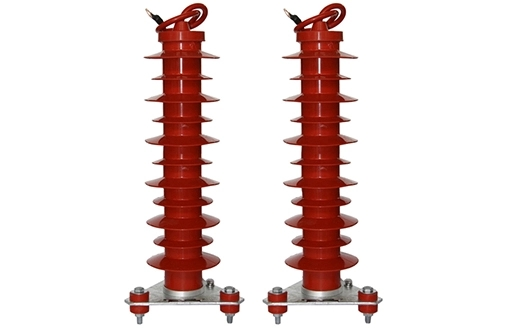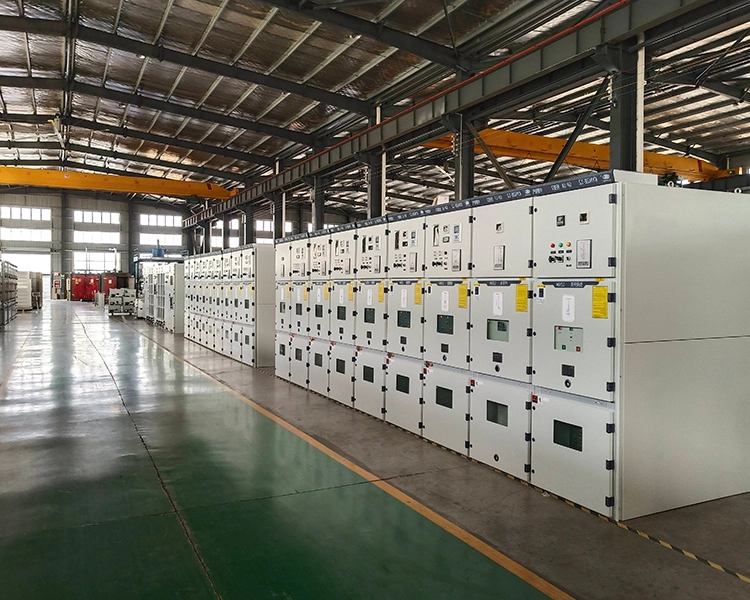en
+
Transformers are important equipment in power systems and often require a variety of relay protection devices to ensure their safe operation. According to the capacity, importance, operating environment and power system requirements of the transformer, the transformer protection configuration can be divided into main protection, backup protection and some necessary additional protection measures. The following are common transformer protection configurations:
1. Differential protection
Main protection is suitable for transformers of various capacities, especially large and medium-sized transformers. Differential protection detects internal faults based on the difference in current on both sides of the transformer, and can quickly and sensitively detect internal short-circuit faults in the transformer.
- Principle: Compare the difference in secondary current of the current transformer on the high voltage side and low voltage side of the transformer. When a fault occurs inside the transformer, the differential current increases significantly and the relay operates to remove the fault.
- Advantages: Quick action, strong selectivity, only acting on internal faults of the transformer or transformer outlet circuit faults, without malfunction.
2. Overcurrent protection
Overcurrent protection is usually used as backup protection and works when the differential protection fails or cannot be covered. It can protect the transformer from external short circuit, severe overload and other faults.
- Principle: When the current through the transformer exceeds the set value, the relay operates.
- Features: Overcurrent protection can be used as a backup for differential protection, or as the main protection method on small transformers. Generally, a time delay is set to prevent malfunction when the system is temporarily overcurrent (such as closing inrush current).
3. Gas protection
Gas protection is an important protection method for internal faults of transformers, especially for fault detection inside transformer oil tanks.
- Principle: Monitor the gas generation in the transformer oil through the gas relay (gas relay) in the oil tank. When a fault occurs inside the transformer (such as iron core failure, winding short circuit, etc.), gas is rapidly generated or the gas pressure changes, triggering the action of the gas relay.
- Function: Can be divided into light gas protection and heavy gas protection. Light gas protection is used to detect minor faults or oil leakage in the transformer, while heavy gas protection directly sends a trip signal in case of serious faults (such as winding short circuit).
4. Overload protection
Overload protection is used to protect the transformer from damage when the load exceeds the rated value for a long time. Usually configured in large-capacity transformers.
- Principle: By monitoring the load current of the transformer, when the current exceeds the rated capacity of the transformer for a long time, the protection device will operate to avoid damage to the transformer due to overheating.
- Features: The action has a time delay, usually used to prevent insulation aging or equipment overheating caused by overload.
5. Ground protection
Ground protection is used to prevent ground faults in transformers, especially in systems where the neutral point is directly grounded. Ground faults may cause serious equipment damage or system collapse.
- Principle: Monitor the neutral point or zero sequence current of the transformer. When a ground fault is detected, the protective action trips to clear the fault.
- type:
- Zero-sequence current protection: By detecting zero-sequence current, system ground faults are found.
- Neutral point overcurrent protection: By detecting the current of the neutral point, the transformer ground fault is determined.
6. Temperature protection
When the transformer winding and oil temperature exceeds the set value, the temperature protection will operate. Especially in large-capacity power transformers, temperature protection is very important to prevent the transformer from overheating.
- Principle: Monitor the transformer oil temperature, winding temperature, etc. When the temperature exceeds the set value, the protection device will act, send an alarm signal or directly cut off the power supply.
- Application: To protect transformers from insulation damage or other thermal stress failures due to overheating.
7. Excitation inrush current protection
Excitation inrush current protection is used to prevent the transformer from malfunctioning due to excitation inrush current when closing. At the moment when the transformer is closed, a large inrush current may occur. If there are no suitable protection measures, the protection device may be accidentally triggered.
- Principle: By identifying the characteristic differences between excitation inrush current and fault current, malfunctions can be avoided during normal closing.
8. Overvoltage protection
Overvoltage protection is used to prevent damage to the insulation of the transformer caused by instantaneous overvoltage caused by lightning strikes in the power grid, operating overvoltage, etc.
- Principle: When the transformer voltage exceeds the specified range, the protection device operates to cut off the power supply or issue an alarm.
-Application: Usually used in conjunction with lightning arresters to protect transformers from overvoltage damage.
9. Low voltage protection
Low voltage protection is mainly used to prevent system instability or abnormal equipment operation caused by severe voltage reduction, especially when the load is too large or the power supply is insufficient.
- Principle: Monitor the voltage of the transformer. When the voltage is lower than the set value, an alarm will be issued or the power supply will be cut off.
Application
Depending on the capacity and importance of the transformer, the above different types of protection configurations can be selected. Large and medium-sized transformers usually require the cooperation of multiple protections to form a comprehensive protection system. Common transformer protection configuration schemes include:
- Large capacity transformers (such as power plant main transformers):
- Differential protection (main protection)
- Gas protection (main protection, against internal faults)
- Overcurrent protection (backup protection)
- Overload protection, temperature protection, grounding protection
- Small and medium-sized transformers:
- Gas protection (main protection)
- Overcurrent protection (main or backup protection)
- Overload protection, temperature protection
- Special transformers (such as autotransformers or special purpose transformers):
- Specially customized protection solutions may be required, such as excitation inrush current protection, special grounding protection, etc.
Transformer protection configuration depending on the importance, capacity and application of the transformer, a comprehensive protection scheme is usually configured to ensure that the transformer can be protected promptly and effectively under various fault conditions to avoid power system interruptions and equipment damage.




